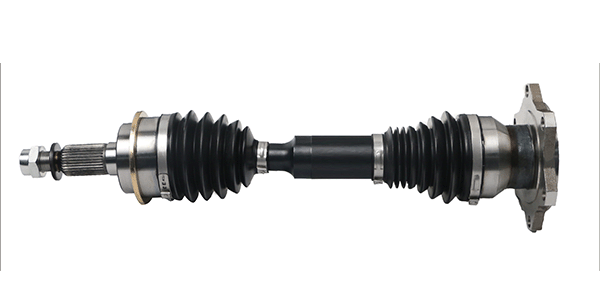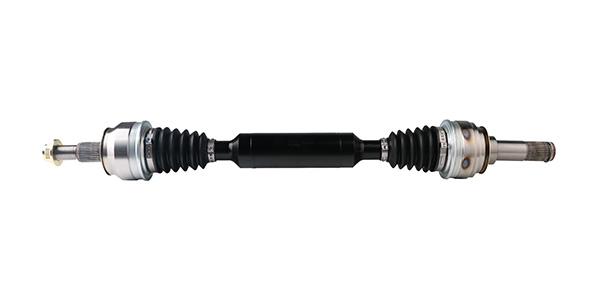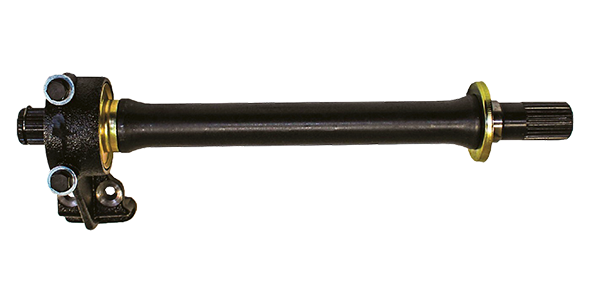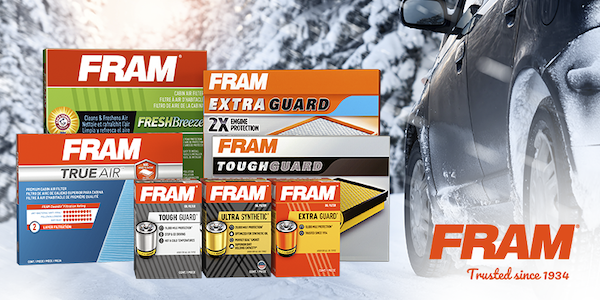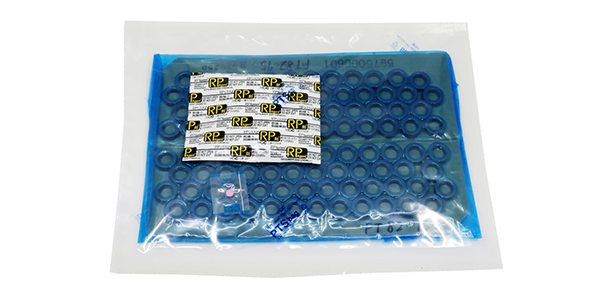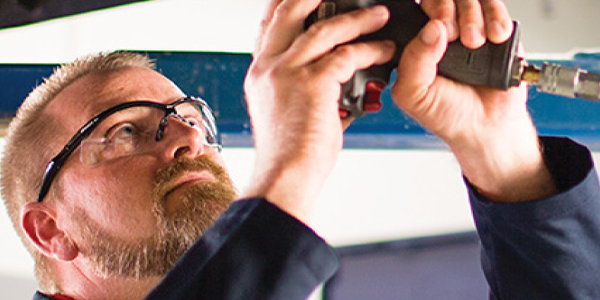
In the U.S., the average vehicle on the road is almost 12 years old. Light trucks are 18% older than passenger cars, making the average truck 14-15 years old.
There are several reasons why the average truck is older than the average car. In addition to age, there are several factors that explain why trucks are the biggest opportunity for the aftermarket.
Why Is The Average Truck Older Than The Average Car?
Here are the main reasons:
- A new pickup truck costs about $50,000. The average price for passenger cars is about $37,000. To make the most out of their investment, truck owners are more likely to keep and repair their trucks as they age. Car owners are more likely to upgrade to new cars.
- Utility is a big part of why people purchase trucks. They buy a truck because they need something that will haul or tow. But the utility provided by a 15-year-old truck is not much different than that of a new truck.
- Because their value is based on utility, trucks hold their value well. That means they are worth repairing. It makes sense to put a transmission in a 15-year-old truck; less so on a 15-year-old car.
- Having the latest style doesn’t matter much to many truck owners, and the basic shape of a pickup truck has been the same for decades. So, keeping an older truck is a pragmatic decision, as opposed to buying a new car, which tends to be more of an emotional decision.
Why Is There A Huge Aftermarket for Truck Parts?
There are several reasons why there is a lot of demand for aftermarket truck parts:
- Trucks are relatively easy to work on, at least compared to smaller passenger vehicles. There is plenty of room in the engine bay and around the suspension and driveline. On many trucks, it’s possible to work on the driveline or other components under the truck without putting it on a lift or even pulling a wheel.
- The basic design of a truck’s engine, driveline, suspension and brakes is pretty straight forward. The front engine, rear live axle layout has been around for years, so many people are familiar with truck components and are comfortable performing repairs or maintenance.
- Owners of older trucks are often in the trades. They have mechanical skills and aren’t intimidated by automotive repairs.
What Parts Do Trucks Need After 100K Miles?
Cars and trucks usually need the same maintenance parts for the first 100,000 miles of their lives. As a truck puts on more miles though, many truck owners will perform some major repairs. Here’s a quick list of truck parts commonly replaced after 100,000 miles:
- UNIVERSAL JOINTS
- BRAKE CALIPERS
- ALTERNATOR
- WATER PUMP
- FUEL PUMP
- POWER STEERING PUMP
- FAN CLUTCH
- FUEL INJECTORS
- WHEEL BEARINGS
- TIE ROD ENDS
- BALL JOINTS
Thanks to increased age, increased desire of owners to maintain/repair, and parts needed after 100,000 miles, trucks are a huge opportunity for the automotive aftermarket now and in the future.
This article was sponsored by GMB North America, Inc. For more information, please visit our website at www.gmb.net





